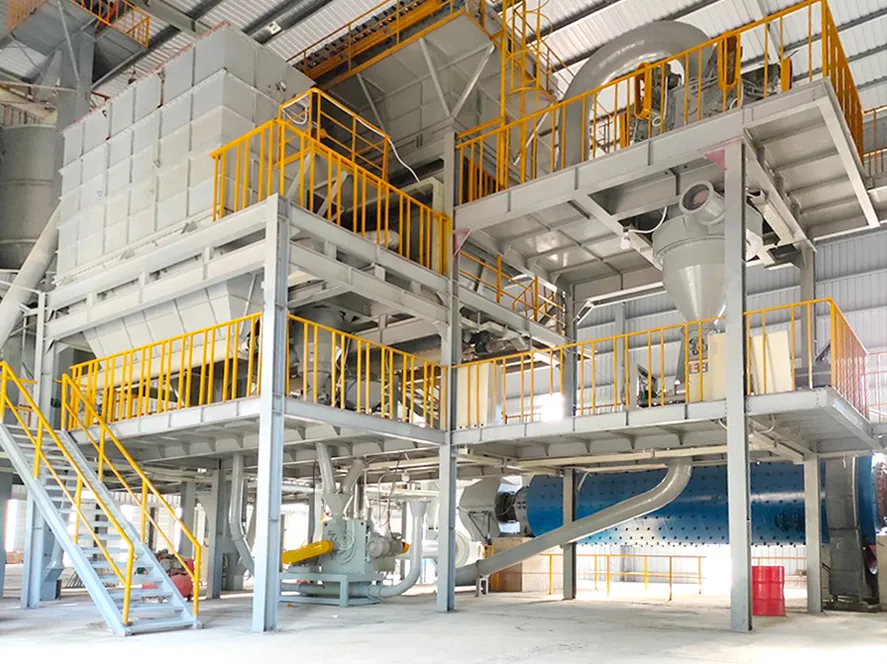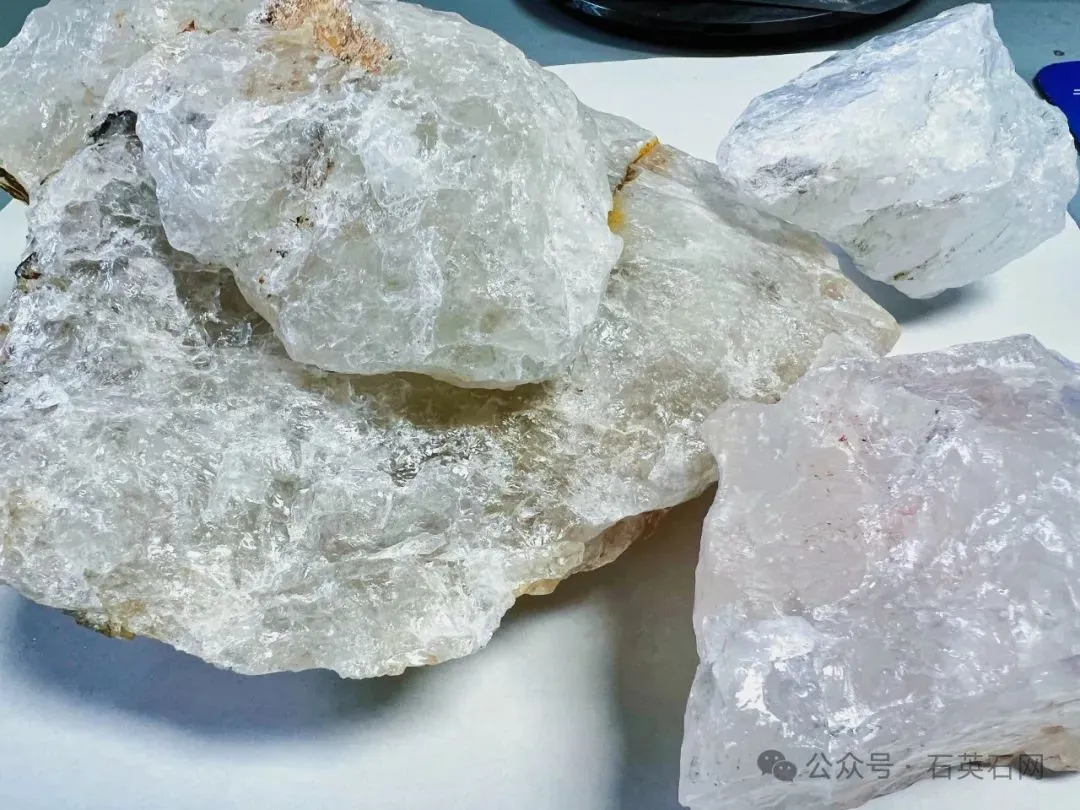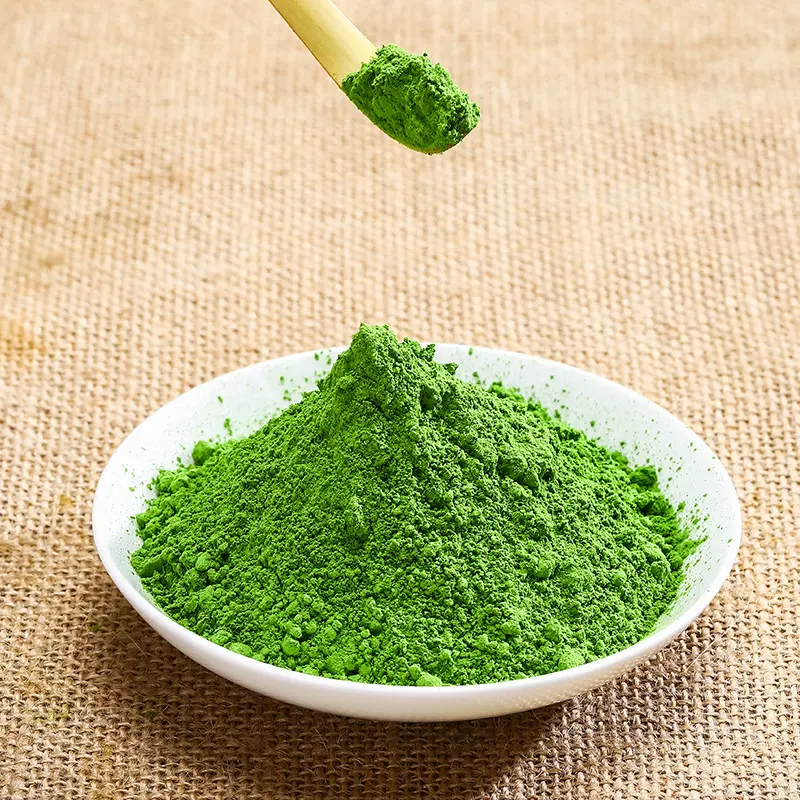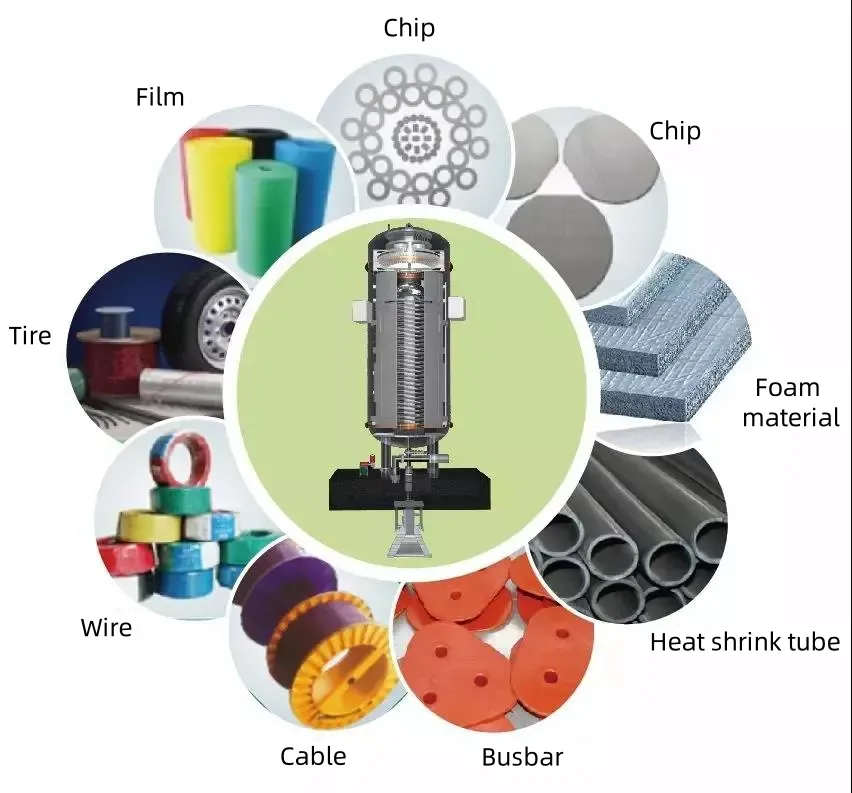Blog

Performance characteristics and development trends of air flow classifiers
An airflow classifier is a device that uses the centrifugal force generated by the rotation of the impeller and the drag force generated by the airflow to classify materials. It has the characteristics of high classification accuracy, energy saving, high efficiency, and low production cost. It has been widely used in the classification and purification process of quartz, feldspar, mica, kaolin, magnesium oxide, and other materials.Air flow classification is based on the effects of centrifugal force, gravity, inertial force, etc. on particles of different sizes in gas (usually air), generating different motion trajectories, thereby achieving classification of particles of different sizes. Airflow classifiers can be divided into static classifiers and dynamic classifiers based on whether they have moving parts.

The Development Direction of Air Flow Classifiers
(1) Large scale and refinement
With the continuous expansion of the ultrafine powder market and the expansion of production scale, the demand for large-scale ultrafine crushing and fine classification equipment will continue to increase. In the processing of ultrafine powder, the use of large-scale equipment can reduce unit product energy consumption, simplify processes, and reduce land occupation, thereby reducing equipment investment and production costs per unit product.
(2) Vortex air classifiers are gradually occupying a dominant position in the market
Vortex air classifiers are widely used in industrial fields such as construction, mineral processing, fine chemicals, and special ceramics due to their simple structure, adjustable classification particle size, and wide adaptability.
(3) Automation control
Industrial control automation technology is developing towards intelligence, networking, and integration. The automation control of airflow classification is of great significance for improving production efficiency, reducing labor intensity of workers, enhancing the overall automation level of the powder processing industry, and enhancing the core competitiveness of enterprises.


